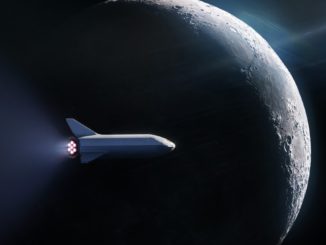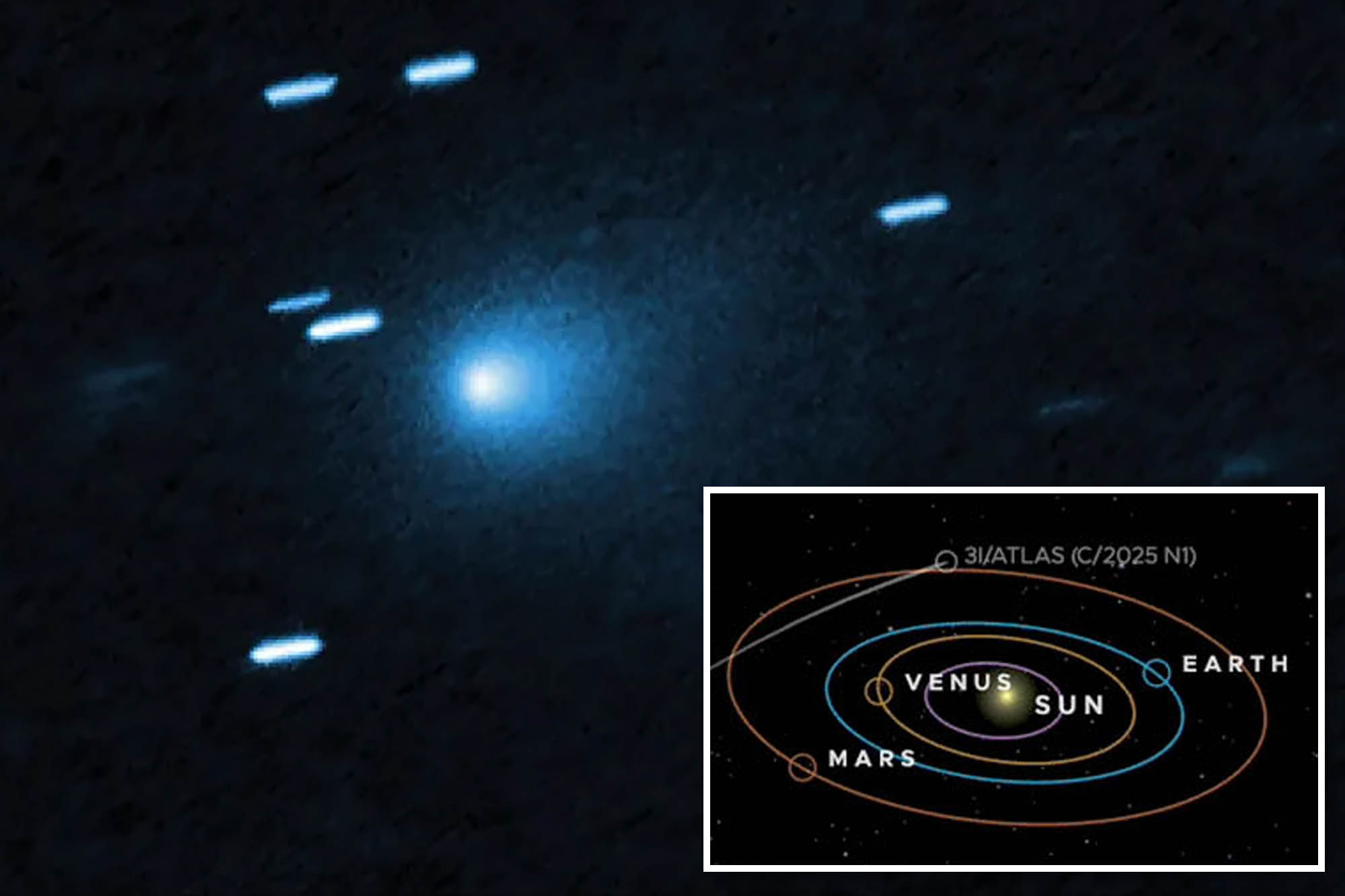SpaceX successfully launched its latest Bandwagon mission, Bandwagon-4, from Cape Canaveral Space Force Station on November 2, 2025. This mission marks the fourth multi-customer flight to a mid-inclination orbit and the 18th within SpaceX’s small satellite ride share program. The Falcon 9 rocket lifted off at precisely 1:09:59 a.m. EDT (0509:59 UTC), carrying a variety of payloads, including a data center demonstration supported by Nvidia and a testbed for Vast’s future commercial space station.
The launch utilized the Falcon 9 first stage booster B1091, which has previously supported the deployment of satellites for Amazon’s Project Kuiper. Following liftoff, B1091 is expected to return for landing at Landing Zone 2, concluding its mission as SpaceX transitions to a new landing site at pad 40. This landing will mark the 528th Falcon 9 booster landing to date.
Innovative Payloads Set to Transform Space Operations
The primary payload aboard Bandwagon-4 is the fifth satellite in the Korea 425 Project, developed by South Korea’s Agency for Defense Development (ADD). Due to the sensitive nature of military satellites, SpaceX has opted to conclude live launch coverage prior to payload deployments for this mission.
In addition to the military satellite, Vast is testing its Haven Demo spacecraft. This California-based company is developing a commercial space station, Haven-1, with plans for a crewed mission in May 2026. The Haven Demo will evaluate critical systems, including navigation software and propulsion technologies, essential for future operations in space.
One notable satellite aboard is Starcloud-1, a project from the defense and space manufacturing startup Starcloud, which is supported by the Nvidia Inception Program and Y Combinator. The satellite carries the Nvidia H100 graphics processing unit (GPU), which is described as the first data center-class GPU launched into space. According to Starcloud’s CEO, Philip Johnston, this technology may revolutionize data processing in space, significantly reducing environmental impact compared to terrestrial data centers.
Global Participation and Future Implications
Exolaunch, a German company, is responsible for managing and deploying 13 of the 18 payloads on this mission. These include satellites from ICEYE and Space42, as well as several pico satellites from Anadolu Ajansı in Türkiye. Additionally, the Turkish firm Fergani Space has launched its second satellite, FGN-100-D2, as part of its ambitious plan to create a GPS-like constellation.
The implications of these developments stretch beyond immediate technological advancements. The move towards space-based data centers, as emphasized by Johnston, suggests a future where environmental concerns surrounding data processing may be substantially alleviated. A report from the Environmental and Energy Institute highlights that large terrestrial data centers can consume up to 5 million gallons of water daily, which is equivalent to the daily water usage of a town with a population of 10,000 to 50,000 people.
Starcloud anticipates that within a decade, a significant portion of new data centers could be established in space, driven by both cost-effectiveness and sustainability. As the landscape of space operations evolves, Bandwagon-4 serves as a critical step in harnessing the potential of low Earth orbit for commercial enterprise and environmental stewardship.







